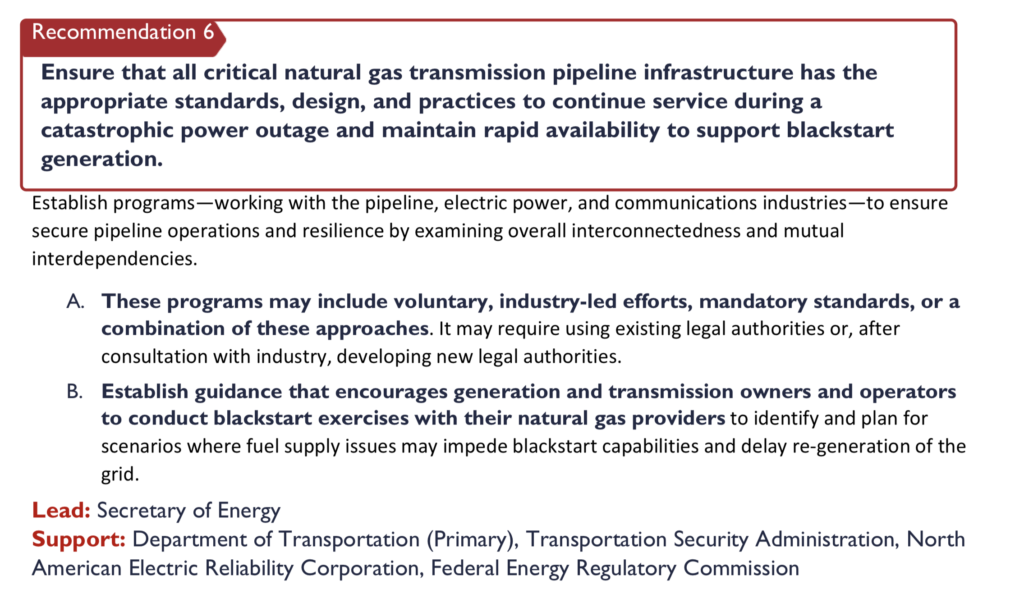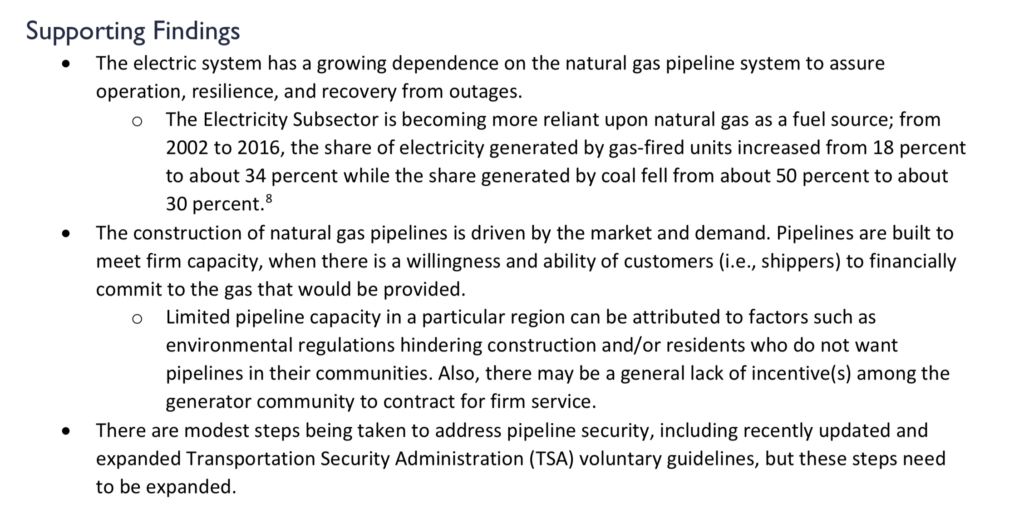It’s more secure for utilities to have big piles of coal onsite than to rely on a network of pipelines delivering natural gas at 22 miles per hour.




Sources: 1. UtilityDive.com 2. NIAC report Web | PDF

It’s more secure for utilities to have big piles of coal onsite than to rely on a network of pipelines delivering natural gas at 22 miles per hour.




Sources: 1. UtilityDive.com 2. NIAC report Web | PDF